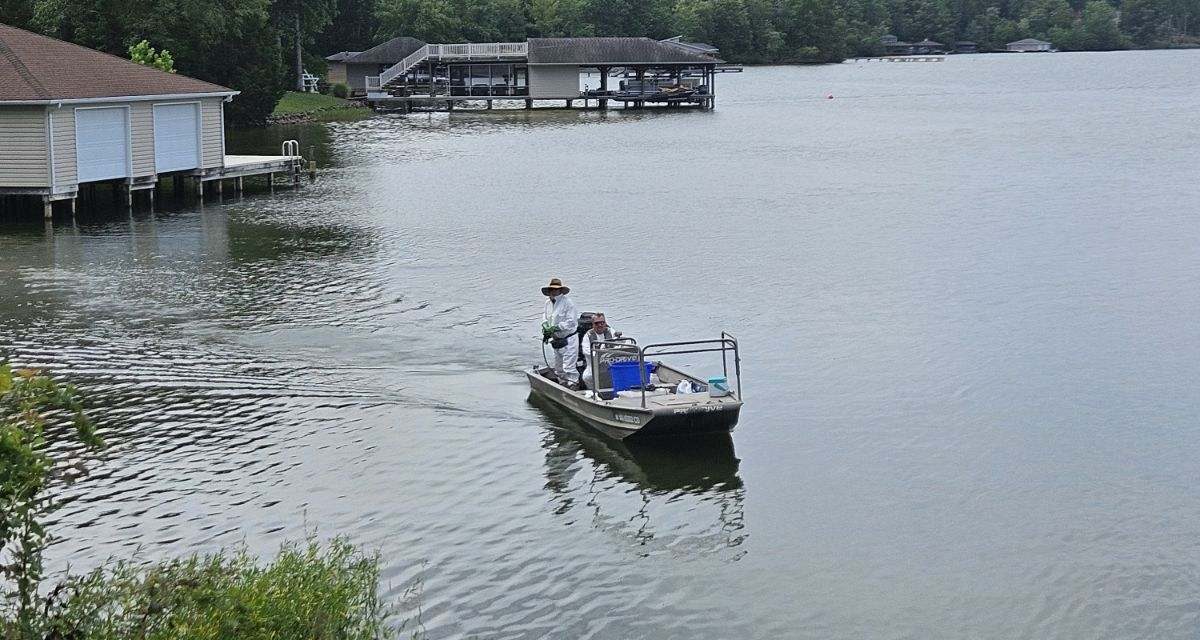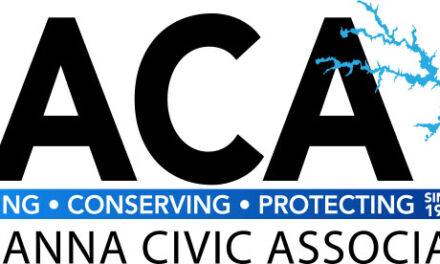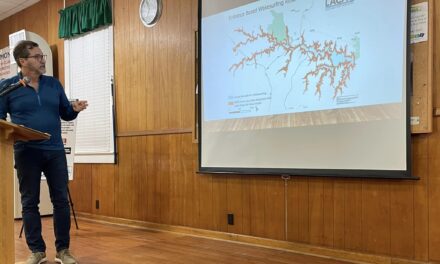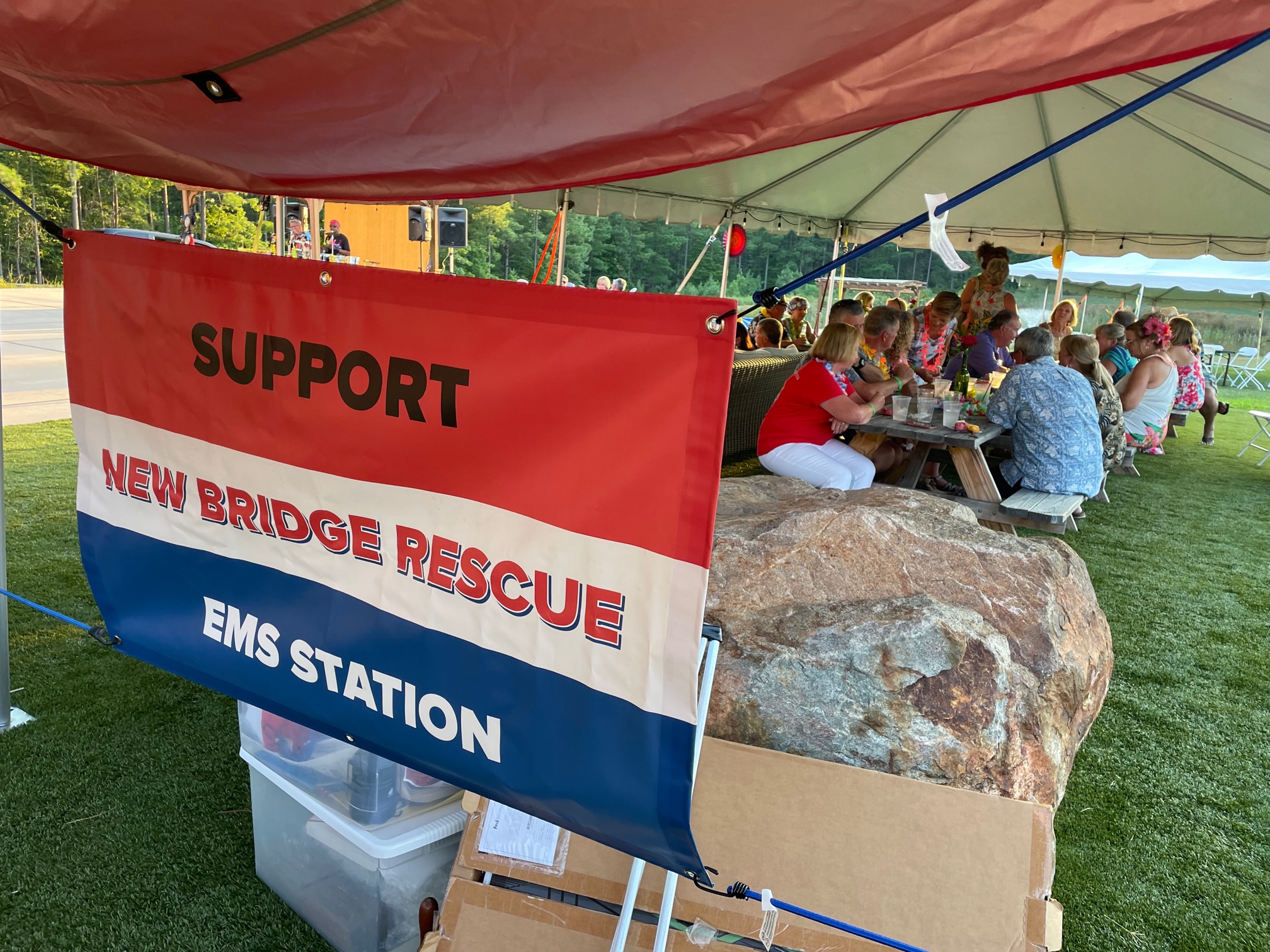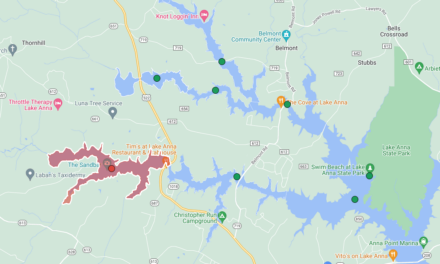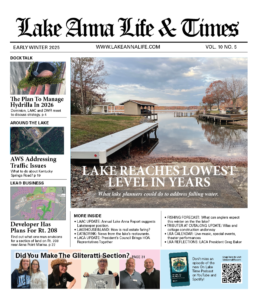As part of its ongoing efforts to manage hydrilla in Lake Anna, the Lake Anna Advisory Committee oversaw the treatment of 20 acres of the aquatic grass in Pigeon Creek in mid-August.
LAAC received the approval of Dominion Energy and the Virginia Department of Wildlife Resources to contract with an aquatic herbicide applicator per LAAC’s Hydrilla Management Protocol, which includes multiple annual surveys to determine which, if any areas hydrilla impedes navigation on the lake.
“Our stated goal is not to eradicate hydrilla but manage it. Some hydrilla is beneficial to the lake, acting as a sediment filter and nutrient eliminator. I also understand that there will be areas that need managing, whether by aquatic herbicide or the stocking of sterile grass-eating carp,” LAAC Chairman C.C. McCotter told Life & Times. “We are also going to examine how we prioritize areas for management so we can be sure we are nimble enough to address problem spots going forward.”
The hydrilla that raised concerns in the back of Pigeon Creek last season and potentially this season was effectively treated. Two weeks after the application a follow-up survey found no hydrilla within the treatment area.
McCotter noted there are other areas around the lake with significant or notable hydrilla growth this summer including the upper portion of the North Anna River flats, the back of Plentiful Creek and the back of Freshwater Creek.
LAAC stocked 100 grass eating carp into the back of Mitchell Creek last spring to address hydrilla growth surveyed in 2023. While the hydrilla wasn’t completely eliminated, the carp have managed it, so it hasn’t posed a navigational impediment.
Hydrilla will stop growing by the end of October and die off completely by the end of November. Tubers will remain in the lake bottom and a combination of nutrients, turbidity and water temperature will determine where it grows next season.

